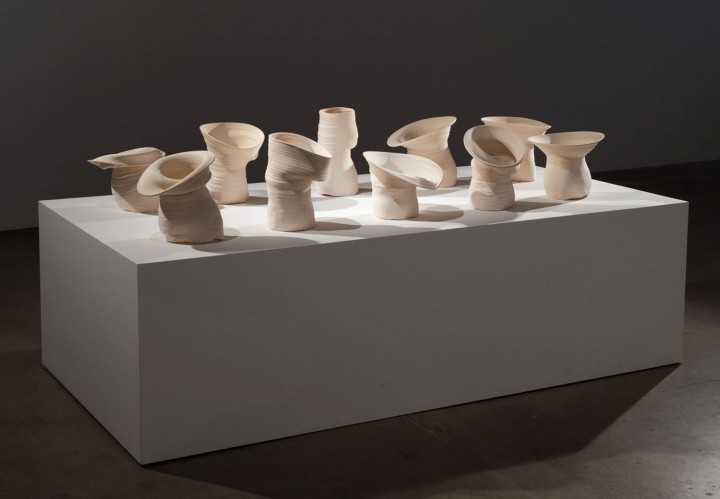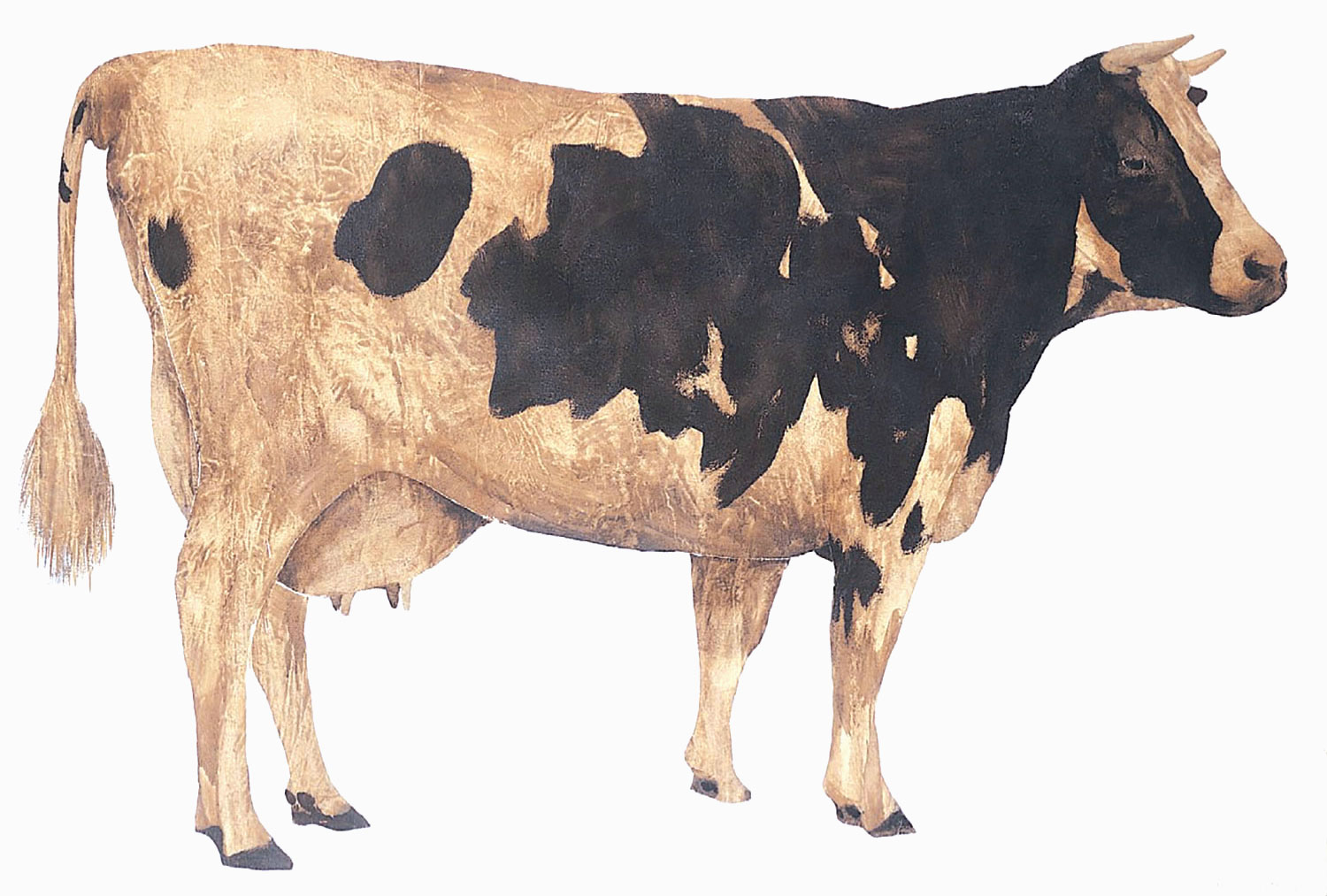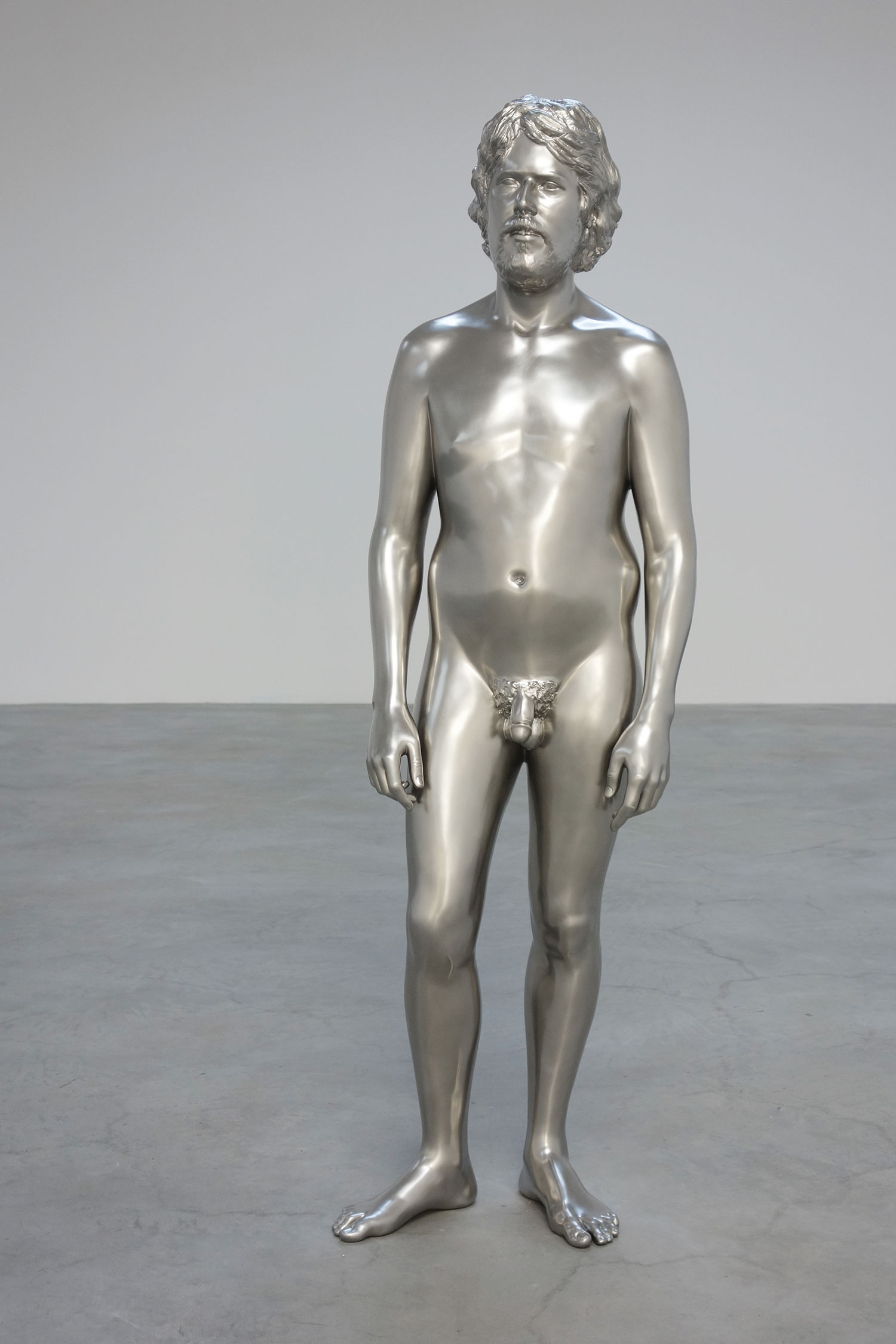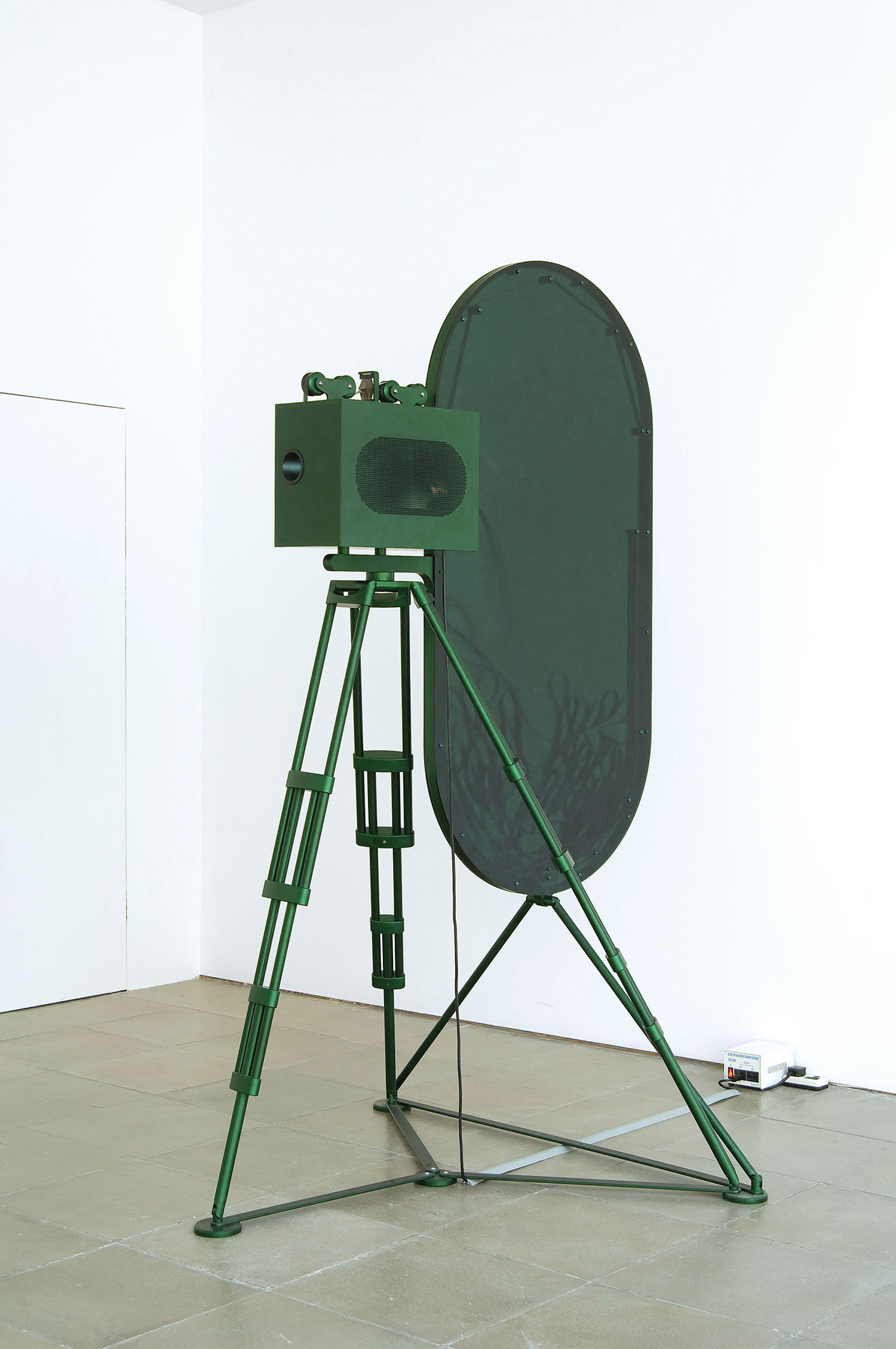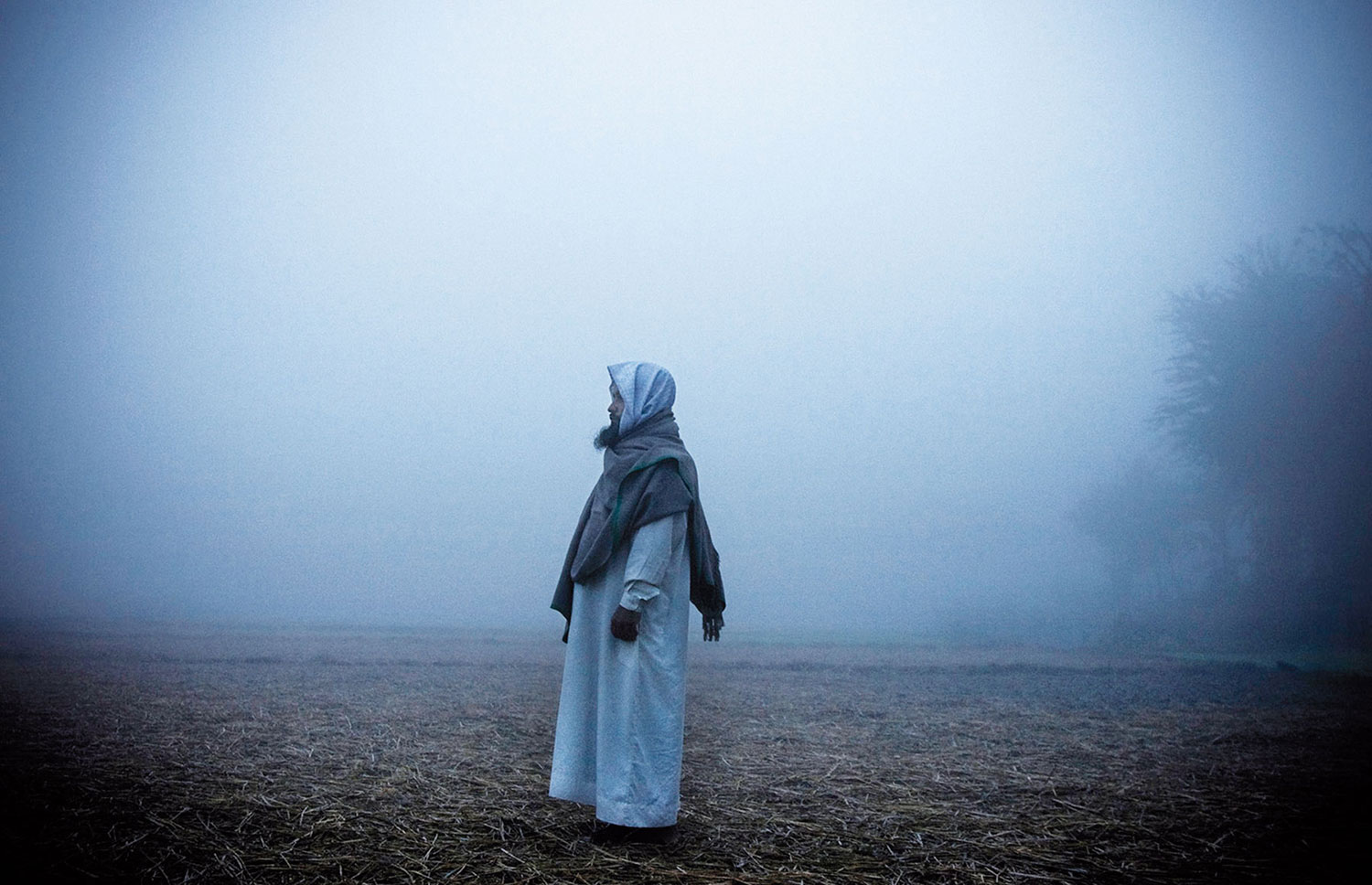
Patrick Steffen: There’s always a giant leap between your last work and the next one.
Melodie Mousset: I am not preaching to any specific medium’s choir. I am not developing a specific technique that I master and capitalize on. Rather, I’m following research intuitively as well as conceptually. It’s not a continuous thread, and it changes as I go; most of the time it requires or leads me to approach techniques I am not familiar with. I invent ways of making the things I imagine, and this can take any shape I’m able to think of. At the end of the day, I often feel that I don’t know how to do anything at all.
PS: The body you are dealing with in the project Impulsive Control (2012) seems to me an entirely asexualized figure beyond the question of gender.
MM: Impulsive Control is above all an idea. The simple gesture sets up and exposes complex relationships between author, actors or subjects, object, fabricator and viewer. The work starts as a process-oriented proposition: I simply insert my body within a well-oiled traditional throwing business. I sit in a Buddha-like position between the machine and the potter’s hand, clay on top of my head. The process becomes a performance in the most literal sense. The negotiation that results in each vessel presents a physical challenge from both parts. The success of the vessel is much more about the ability to find a sort of synchronicity and keep it throughout the movement’s durée. This center is the slippery idea. The potter’s entire energy, mind, body and focus extend through his hands into this central point on my head. I am required to reach a meditative state in order to remain centered and physically strengthen my spine to literally meet his hands at the site of tension between us.
PS: Why did you choose a zenithal point of view?
MM: Everything outside the central point of my skull, repeatedly opening and closing, extending and retracting, is here in order to enable a movement like a respiration. The formation of meaning is simultaneous with the deformation of my head, like an extensible and flexible matter. The work collapses the distinctions between body and mind, spirit and matter, interiority and exteriority, man and woman, into a plan without opposition. There are only relations of movement and stillness.
PS: You also have an intense practice as performer. Is it a consequence of the West Coast aesthetic that gives you freedom to experiment in any direction?
MM: I did my first performance when I was living in London; it was a big step for me, a real relief. It was very unusual. My friend was sitting in front of her mirrored self as an iPod-style mannequin, covered with patterning, sharing headphones, whispering with her mouth the lyrics of some pop songs. It was at the same time flat and tacky, but also very disturbingly religious and intimate. I loved how emotions were released through the interaction of her mouth breathing words out to an inanimate object. Breathing through anything in any situation is very important.
PS: What are you preparing for your next show at Suzanne Geiss Company in 2013?
MM: After having my skull opened, pulling organs out! Logically.

